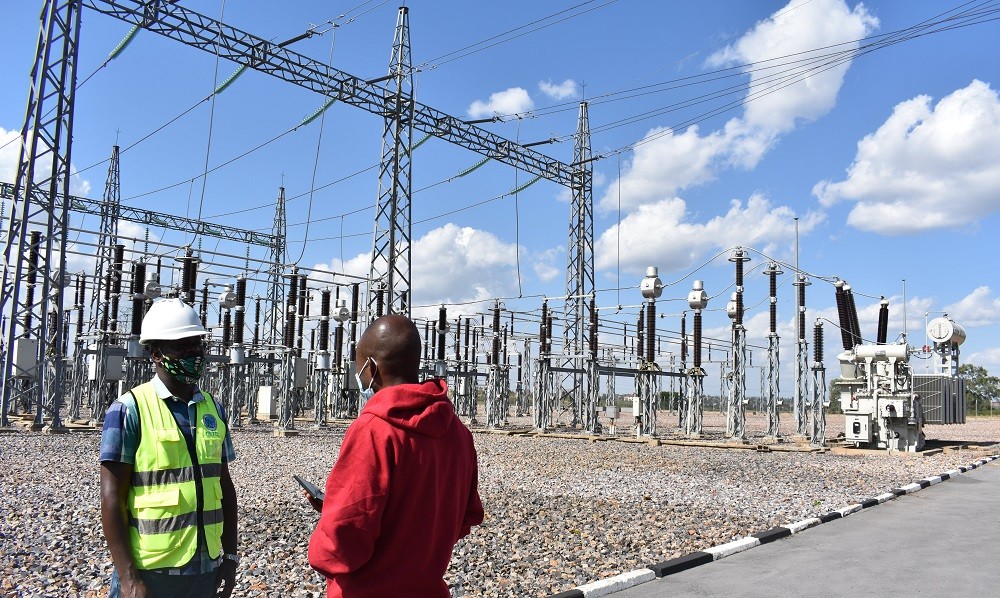Rwandans living in the north-eastern border area with Uganda have closely watched the arrival of sky-high steel pylons in their villages. Both village and town folk are in little doubt about their purpose: the high voltage transmission lines have been built to carry electricity from Uganda to Rwanda.
The story is similar in much of western Rwanda, where locals say the overhead power lines are meant to transfer power from Rwanda to the eastern Democratic Republic of Congo. The transmission lines are all part of the regional electricity interconnectivity programme aimed at connecting Rwanda, DR Congo, Uganda, Burundi and Kenya, a programme under the auspices of the Nile Basin Initiative (NBI).
Once fully operational, the power system will connect the power grids of all these countries – meaning should there be a shortage in one region, a surplus from another country covers up the deficit.
This explains why the project has been working to connect the national grids of Uganda and Rwanda over the last few years. This has been done by building and linking substations in both countries. These facilities receive electricity via a dedicated transmission line.
The regional grid linking Uganda and Rwanda will be served by two sub-stations located in Mbarara City and Mirama Hills, in Ntungamo, in southwestern Uganda. This will then connect to the Shango substation located in Nduba Sector, Gasabo District of Kigali in Rwanda.
However, some lucky village folks have benefitted from the ongoing government and private sector schemes to supply solar panels to the most vulnerable homes.
Despite his recent change in life, Myuvekuye told The Redpaperdaily that his childhood was one without electricity in this village. This perhaps explains his excitement about the new infrastructure being put in place.
The locals need power for lighting homes, charging their phones and being able to run small businesses, Myuvekuye told redaperdaily.
“Yes, there are solar panels in some homes, but they give low power. We cannot watch television. We hope our leaders will help us get reliable power very soon,” he said. “It takes me ten to 20 minutes to find where to charge my phone.”


